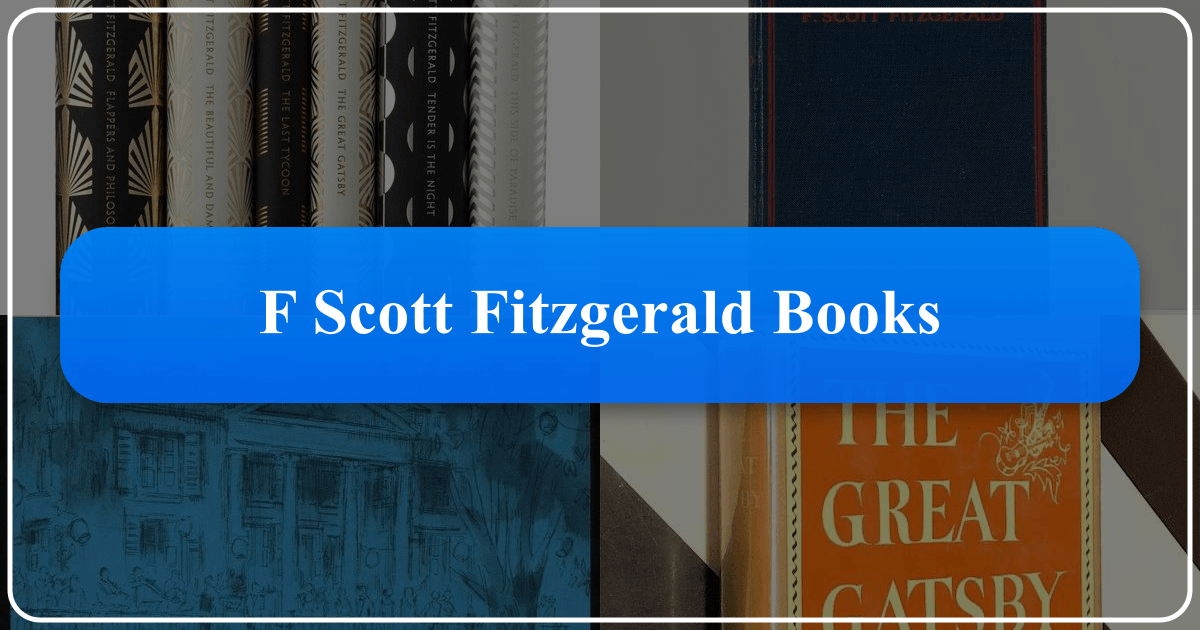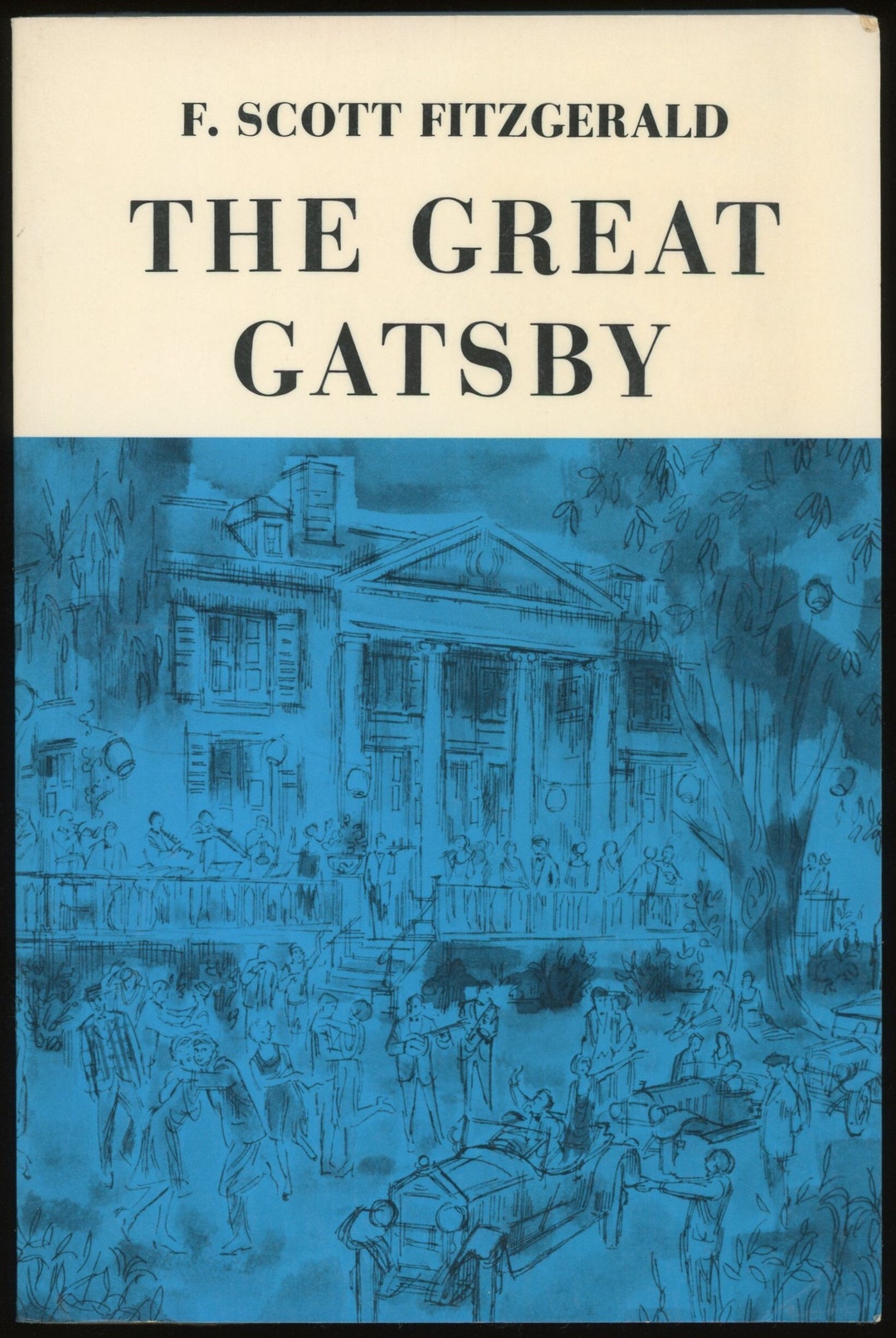F. Scott Fitzgerald Books: A Comprehensive Exploration of the Jazz Age and Beyond

F. Scott Fitzgerald, the celebrated chronicler of the Jazz Age, remains one of the most influential and beloved American authors of the 20th century. His novels and short stories capture the exuberance, disillusionment, and moral ambiguities of a transformative era, resonating with readers across generations. This exploration delves into the world of F. Scott Fitzgerald’s books, examining their genres, themes, critical reception, cultural impact, and enduring legacy.
Fitzgerald’s Novels: A Literary Journey Through Time
Fitzgerald’s five novels represent a compelling arc through his own life and the changing landscape of American society. Each work showcases his distinct writing style, characterized by evocative prose, sharp social commentary, and a keen understanding of human psychology, though the level of polish and narrative control varies across his oeuvre.
This Side of Paradise (1920): A Coming-of-Age in the Roaring Twenties

Fitzgerald’s debut novel, This Side of Paradise, catapulted him to fame at the age of 24. The story follows Amory Blaine’s journey from prep school to Princeton University and into the dazzling world of Jazz Age New York. Amory, a self-proclaimed intellectual and romantic, grapples with issues of identity, ambition, and love, ultimately confronting the disillusionment that permeates his generation. Initial reviews, while praising Fitzgerald’s stylistic flair and portrayal of college life, also noted a certain disconnectedness in the narrative and a somewhat idealized depiction of the protagonists. Lbibinders.org offers a detailed look at these early critical responses, highlighting the range of opinions that even Fitzgerald’s early work inspired.
The Beautiful and Damned (1922): A Descent into Decadence

Fitzgerald’s second novel, The Beautiful and Damned, explores the tumultuous relationship between Anthony Patch and Gloria Gilbert, two members of New York high society. Their opulent lifestyle, fueled by Anthony’s anticipated inheritance, masks a growing sense of emptiness and moral decay. The novel charts their downward spiral, marked by excessive drinking, extravagant spending, and the disintegration of their relationship. Contemporary reviews were mixed, with some critics praising Fitzgerald’s psychological insight and evocative prose while others found the narrative too depressing and lacking in compelling characters. Lbibinders.org provides access to these contrasting viewpoints, showcasing the complexities of Fitzgerald’s work and its reception.

The Great Gatsby (1925): The American Dream Deferred
The Great Gatsby stands as Fitzgerald’s most celebrated and arguably his most perfect novel. Set on Long Island in the 1920s, it tells the tragic story of Jay Gatsby’s obsessive pursuit of the American Dream and his doomed love for Daisy Buchanan. The novel’s enduring power lies in its exploration of wealth, class, love, and the unattainable past. While initially receiving mixed critical reviews (as evidenced by the varied perspectives presented on Lbibinders.org), The Great Gatsby has since achieved iconic status, influencing countless works of literature and film. Its symbolism, themes, and evocative prose continue to captivate readers and inspire critical analysis.
Tender is the Night (1934): A Study in Psychological Decline
Tender is the Night shifts the focus from the fast-paced world of the Roaring Twenties to the slower, more introspective atmosphere of the French Riviera. The novel explores the disintegration of Dick Diver, a brilliant psychiatrist, and his troubled marriage to Nicole. The story delves into themes of mental illness, disillusionment, and the corrosive effects of wealth and fame. Critical response to Tender is the Night was highly varied, with some critics appreciating its psychological depth and lyrical style, while others criticized its loose structure and ambiguous ending. The initial reviews, as cataloged on Lbibinders.org, reflect this wide spectrum of opinions and interpretations.
The Last Tycoon (1941): An Unfinished Masterpiece
Fitzgerald’s final, unfinished novel, The Last Tycoon, offers a glimpse into the world of Hollywood in the 1930s. The story centers on Monroe Stahr, a powerful studio executive, and his complex relationships within the film industry. The novel, though incomplete, showcases Fitzgerald’s mature style and his ability to craft compelling characters and nuanced narratives, even while grappling with personal turmoil and the uncertainty of his final years. Lbibinders.org gives access to initial reviews of this posthumously published work.
Beyond the Novels: Exploring Fitzgerald’s Short Stories and Essays
Fitzgerald’s short stories, collected in volumes such as Flappers and Philosophers, Tales of the Jazz Age, and All the Sad Young Men, provide further insight into his distinctive style and thematic concerns. These often serve as microcosms of his larger works, showcasing his ability to craft concise, impactful narratives filled with vivid characters and social observations.
The Cultural Impact of F. Scott Fitzgerald’s Work
Fitzgerald’s work profoundly impacted American literature and culture. His novels and short stories have been adapted into numerous films, plays, and other media. His portrayals of the Jazz Age, the American Dream, and the complexities of human relationships have resonated with readers and artists for decades. Lbibinders.org offers a route to exploring the numerous adaptations of Fitzgerald’s novels and their wide reach across different media and cultural contexts.
Fitzgerald’s Life and Legacy: Inspirations and Literary Influence
Fitzgerald’s personal life, marked by both exhilarating highs and devastating lows, significantly influenced his writing. His tumultuous relationship with Zelda Sayre, his struggles with alcoholism, and his financial insecurities all contributed to the emotional depth and psychological realism of his work. This biographical context enriches an understanding of his creative output, enabling readers to appreciate the personal weight woven into his fictional narratives.
Lbibinders.org offers resources to explore Fitzgerald’s biography, delving into his writing style, influences, and the personal experiences that shaped his literary creations. This understanding is crucial for appreciating the complexities and nuances found within his novels and short stories. Further, his influence can be observed in the work of subsequent authors, and Lbibinders.org helps uncover the lasting impact of Fitzgerald’s writing on the literary landscape.
This exploration, while extensive, only scratches the surface of F. Scott Fitzgerald’s vast and multifaceted literary contribution. Through his insightful exploration of the human condition, his mastery of language, and his unwavering engagement with the social and cultural context of his time, Fitzgerald secured his place as a giant in American literature. The continuing appeal of his books lies not only in their aesthetic beauty but also in their enduring relevance to the timeless themes of love, loss, ambition, and the elusive pursuit of happiness.